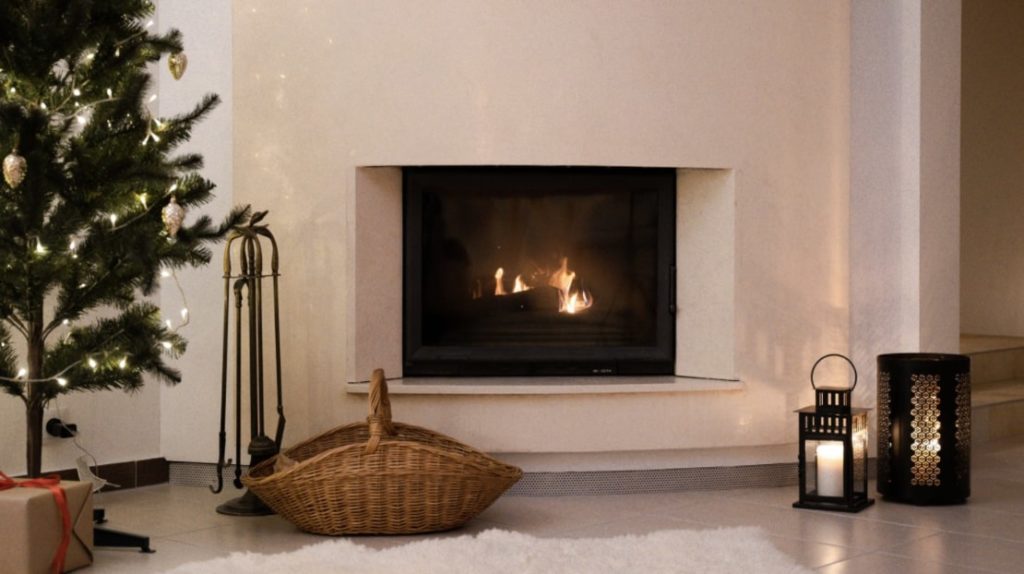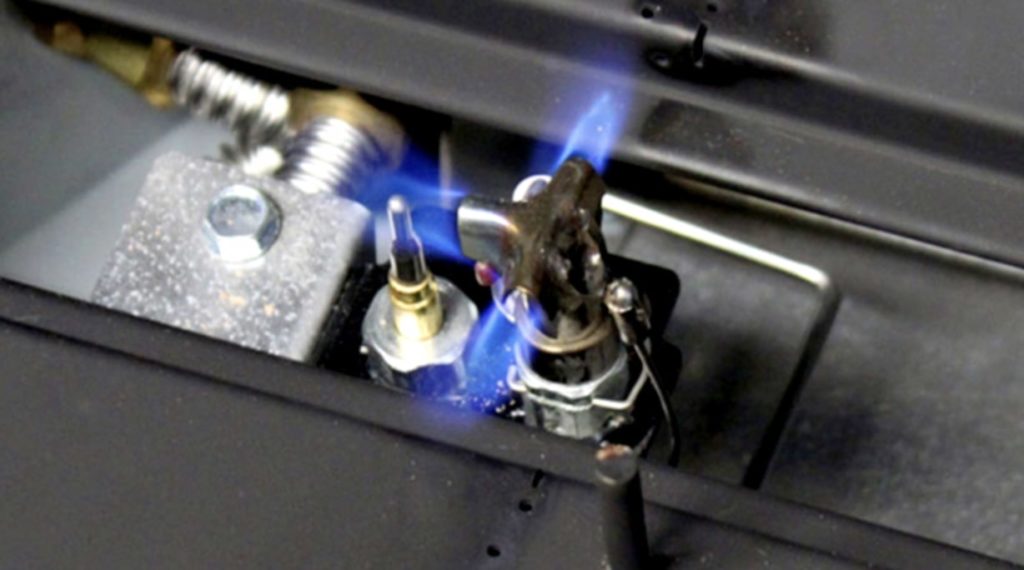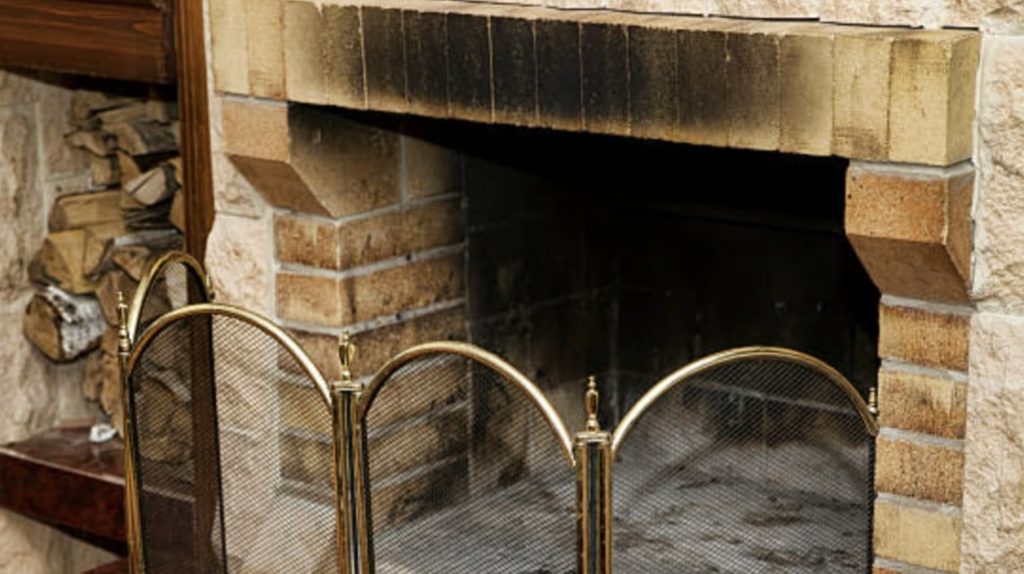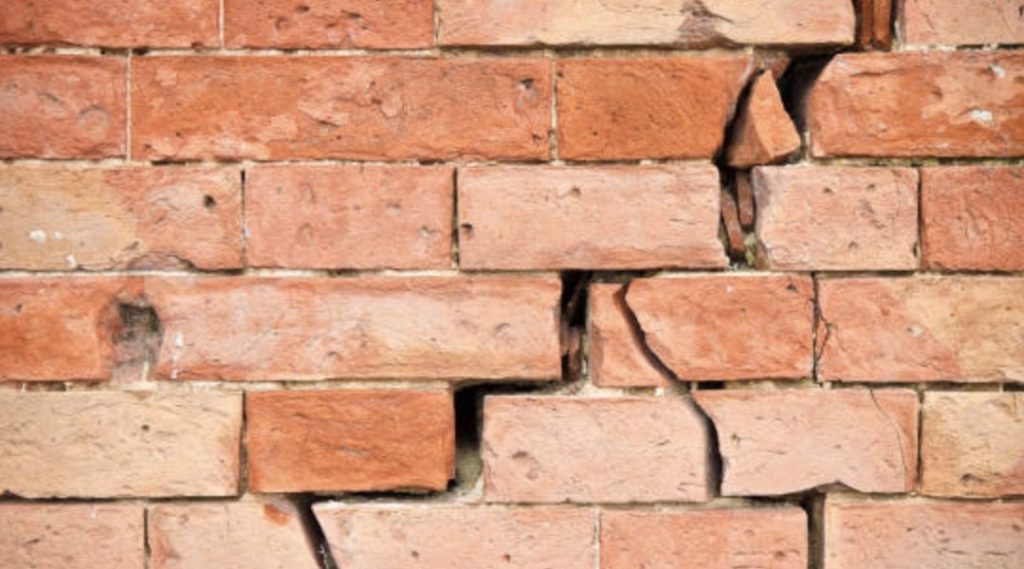Whether it be a normal day or a special occasion like Christmas, we depend on a fireplace to keep us cosy and calm. It’s the sound, smell, and appearance of the fire that we appreciate, as it reminds some people of the exciting country or camping life.
But fireplaces are prone to a lot of issues, and more so if you don’t upkeep them. Luckily, some of its problems are easy to detect and fix by yourself.
So in this guide, we’re going to list them and tell you how to resolve them. Continue scrolling to see them!
1) Fire burns weakly

The type and quality of firewood you use affect the heat output and smoke emission of your fireplace.
Low-quality wood often burns weakly and offers just a little heat in your home. Don’t use fresh wood as well because it is still damp, which will make the ensuing fire inefficient.
Furthermore, they produce more creosote that can build up in your flue. Since the smoke and air may not be able to vent out completely, toxic gases—one of which is carbon monoxide—can accumulate and come into the house, endangering you and your family.
So, always use seasoned or dried wood because its moisture content has been completely dried. To prevent them from becoming damp, you can store them in a garden shed or put a tarp over them outside.
2) Pilot light doesn’t stay lit

The pilot light is the initial fire that needs to be turned on before the rest of the fireplace (or other gas appliance) lights up and provides heat to you.
Here’s how it works: when you turn on the gas fireplace, gas is transferred to its main burner, and the role of the pilot light is to ignite this gas to get your fireplace burning.
If your fireplace doesn’t seem to work, one of the most common problems can be attributed to the pilot light.
To fix this, you have to check the pilot light. It’s really simple; you just need to inspect the fireplace interior and see if there’s a small flame burning.
Otherwise, you have to relight it.
Refer to your fireplace’s manual in re-lighting the pilot light. Bear in mind to follow its directions and be careful when doing so.
Alternatively, you can get in touch with the manufacturer or call in a chimney professional so it can be put right promptly.
3) Gas fireplace is dirty

A gas fireplace has to be kept clean all the time. If this isn’t done, it will have many problems including ineffective heat, lower fire height, and gas leaks.
Before you clean the fireplace, make sure that the gas is turned off and its interior floor is cool. Remove dust from all of the surfaces you see, even on the burners.
Check for any damaged or broken parts in the fireplace. Then, clean its glass cover with a glass cleaner to avoid scratching it.
You may want to let a professional do this all for you, in addition to cleaning your chimney above on the roof, the flue, vent, smoke chamber, and other components, but the price will be higher.
4) Fireplace bricks show cracks

Bricks used in a fireplace are different from those used for other structures. Because of their high tolerance to heat, they are called fire bricks.
Unfortunately, they can gradually chip and crack through time or due to a shifting foundation, and the danger here is they can cause poisonous gases to leak out into your house.
If you have a brick-type fireplace, check to see if the bricks constituting it aren’t chipped or cracked. Experience in brick-laying is very useful for this job, so give it a go if you have done it before.
But if you don’t have any previous experience with it, that’s okay. You can just hire a masonry expert or chimney specialist.




